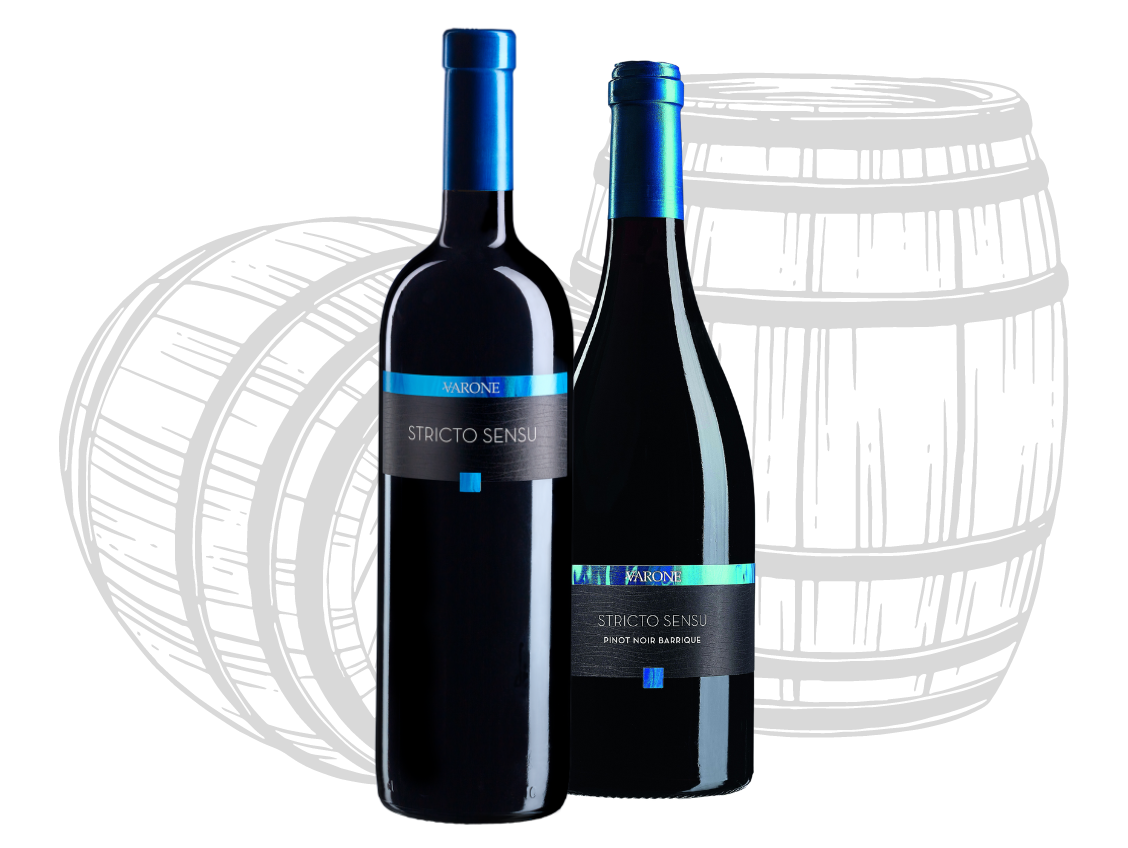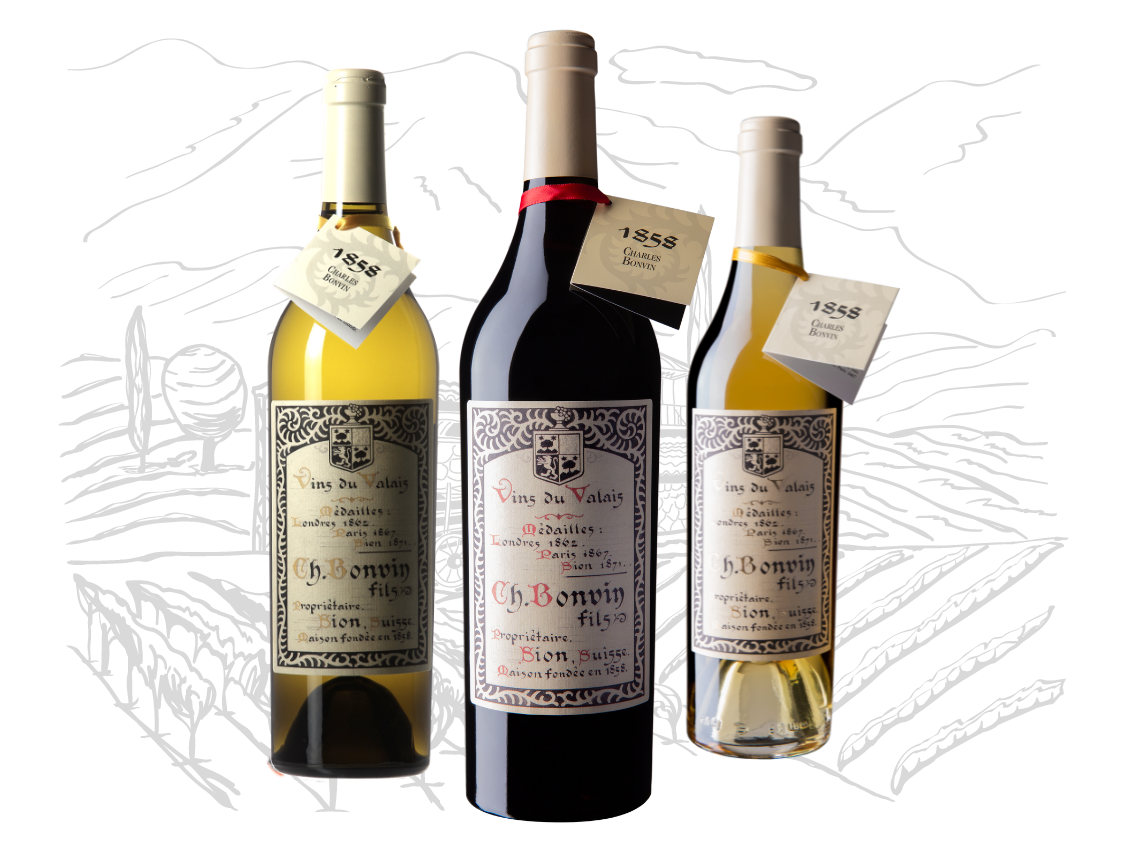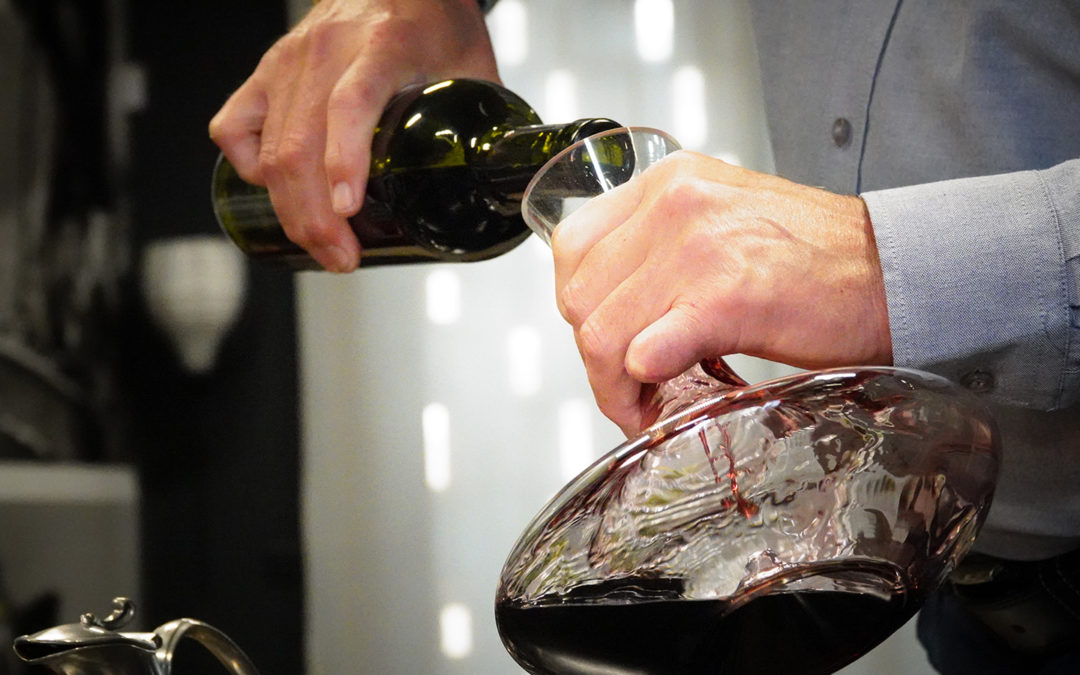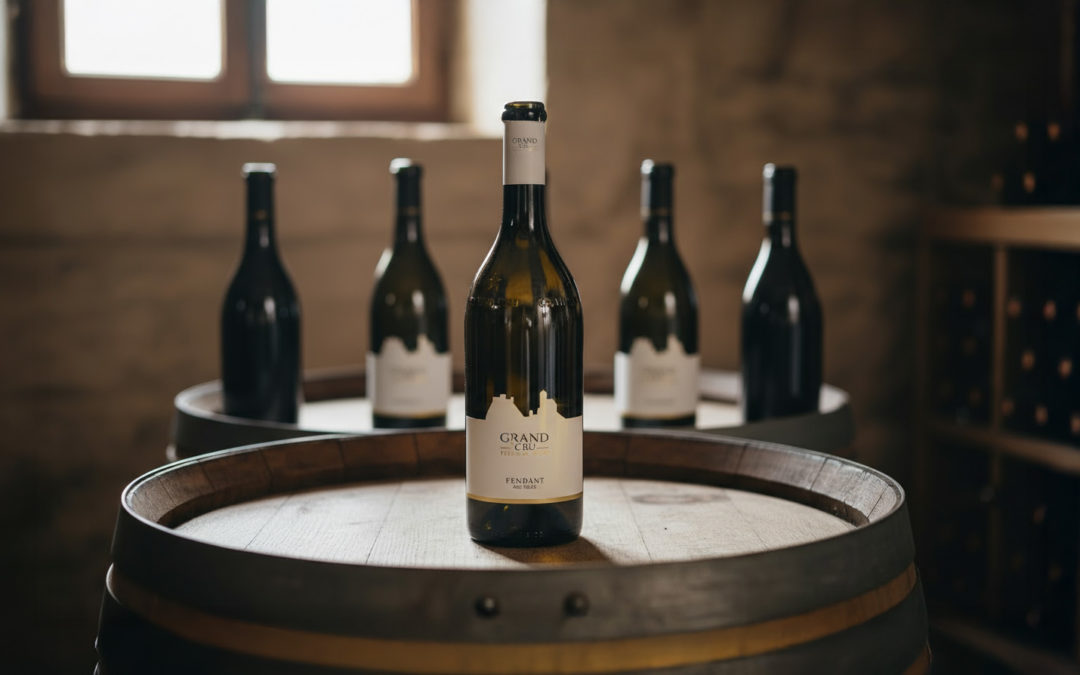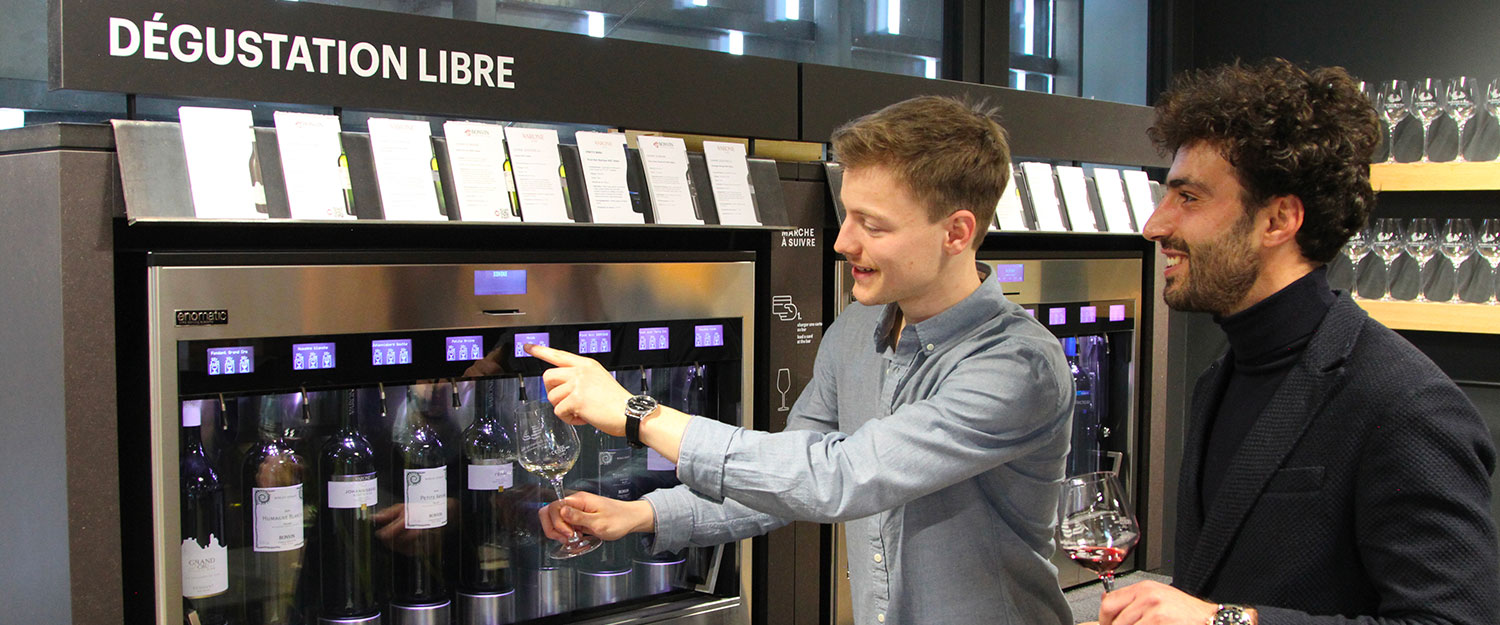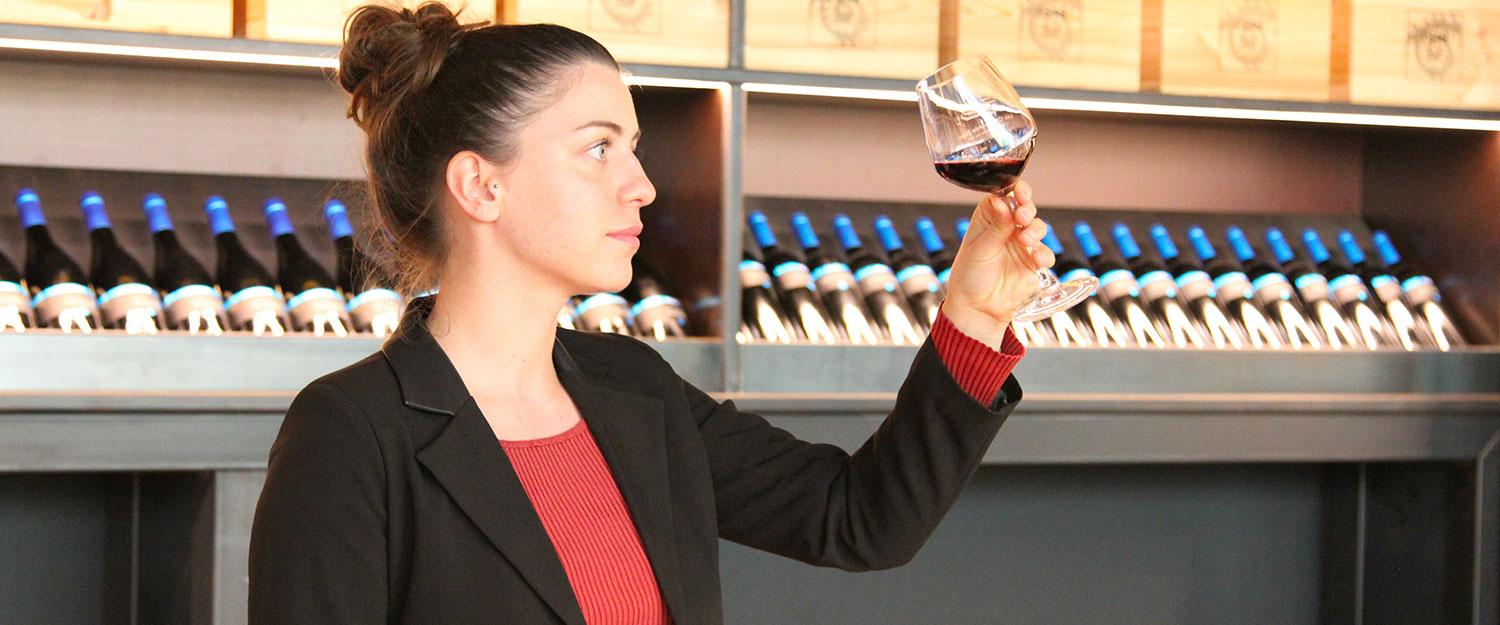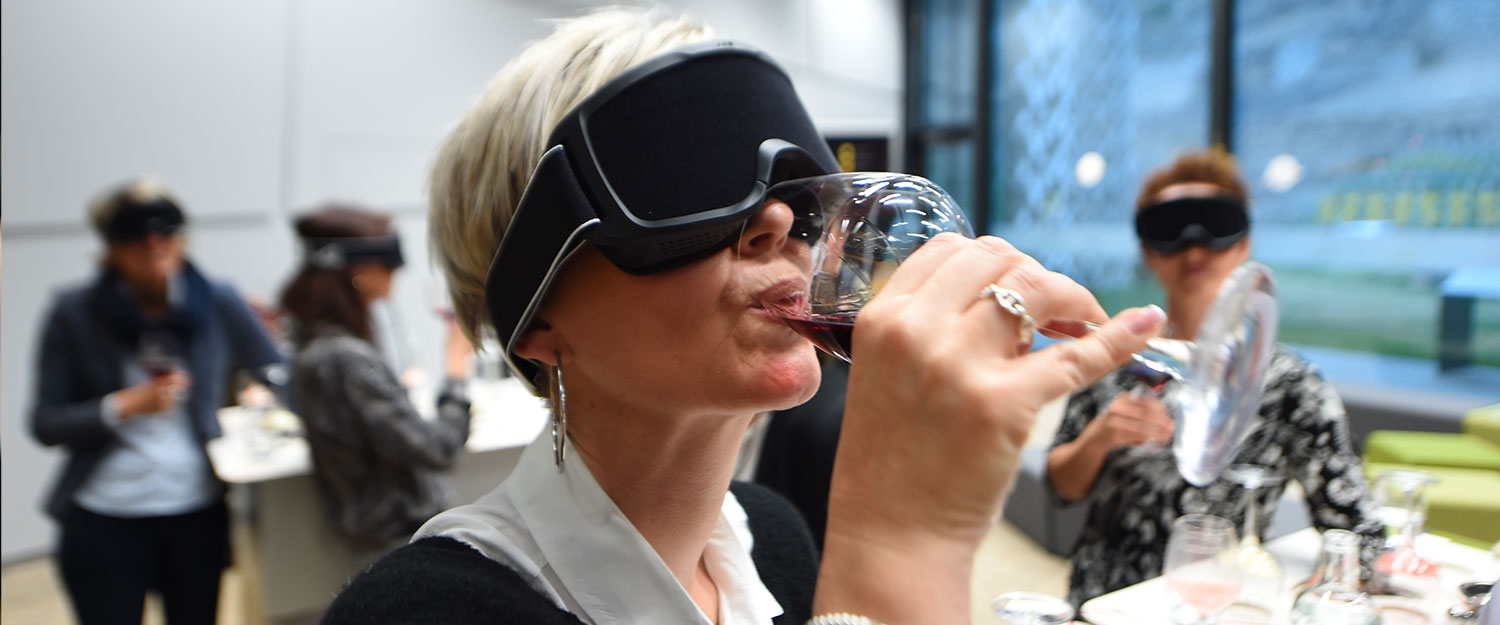Imagine you’re having dinner with friends, uncorking a bottle of red wine and someone slips you a line like: “You’ve got to chamber him before you serve him! But what does it really mean to “chamber” a wine, and where does it come from? And more precisely, at what temperature should a wine be served?
The origin of the term “chambering a wine
“Rooming a wine means allowing the temperature of the wine to rise to the same level as the room in which it will be consumed. It dates back to a time when homes were not heated as they are today. The word seems to have originated in Neuchâtel.
It was first mentioned by Émile Littré in 1877. At that time, wines were kept in cellars where the temperature was around 10 to 12°C. An unsuitable temperature for fully appreciating the qualities of a red wine. At the time, ambient room temperatures were around 16-18°C, perfect for revealing the aromas of red wines.
Before serving the wine, the bottle was brought up to the “chambre”, a slightly warmer living area, to allow it to reach the ideal tasting temperature. The expression “chambering a wine” therefore had its full meaning at the time it was adopted.
Today, we interpret this as bringing the wine to the right temperature.
This expression was reserved for red wines, as the cellar temperature is perfectly suited to white or rosé wines, which need to be served chilled.
Nowadays, it’s often a good idea to put wine in the fridge for a few moments before serving, if it’s not stored in a cool cellar.
Why should you “chamber” a wine?
Serving wine at the right temperature is essential to fully appreciate its aromas, structure and complexity.
But be careful, the temperature must be adapted to the type of wine being served.
What influence does operating temperature have?
A low temperature, below 14° C, will make the tannins austere and hard. This is why red wines are served at room temperature.
On the other hand, temperatures between 8° and 12° C bring out the fruitiness and liveliness of white wines. Be careful, however, not to serve white wines too cold. Temperatures below 8°C will break down the wine and mask its aromas.
On the other hand, higher temperatures accentuate the perception of alcohol. As a result, wines tasted warmer appear powerful and heady but heavier, even unbalanced, and the aromas lose their finesse and elegance.
Recommended operating temperatures :
- Light red wines(Gamay, Pinot noir): 12-14°C
- Full-bodied red wines(Cornalin, Syrah, Merlot): 14-16°C
- Barrel-aged red wines: 16-18°C
- White or rosé wines: 8-10°C
- White wines in barrels: 12-14°C
- Sparkling and sweet wines: 6-8°C
Mistakes to avoid when chambering a wine
While “chambering” a wine is a beneficial practice, it is important to avoid certain common mistakes:
1. Heat the wine quickly
Putting a bottle near a radiator or in hot water is a bad idea. This upsets the wine, altering its aromas and structure.
If you haven’t anticipated room temperature, you can serve the wine, which will come to room temperature faster in the glass than in the bottle. And, for guests in a hurry, you can recommend that they hold the glass in the palm of their hand to bring the wine to the right temperature quickly and gently.
2. Neglect white and light red wines
Even if we don’t “chamber” white wines, they should be served at the right temperature. The same goes for light reds, such as Pinot Noir, which deserve to be served slightly chilled to retain their finesse and elegance.
3. Do not confuse service temperature with consumption temperature.
Don’t forget that wine heats up quickly in the glass. It is therefore advisable to serve the wine a little cooler, as it will quickly warm up in the glass, especially if the room is heated.
4. The wine cabinet trap
Wine cabinets are generally set to maintain wine at the correct serving temperature. This is not a suitable temperature for storage. If, on the other hand, your wine cabinet is set to maintain a cellar temperature, you’ll need to chamber your red wines, i.e. take them out of the cabinet in advance to give them time to reach the ideal serving temperature.
An adaptable tradition
Although the expression “chambering a wine” is outdated in the age of overheated living quarters, it remains a valuable reminder of the art of wine tasting. Beyond the now obsolete expression, taking care of the temperature of the wine before serving it is a mark of respect for the work of the winemakers and a promise of a better moment of sharing. Paying attention to the serving temperature will make all the difference.

